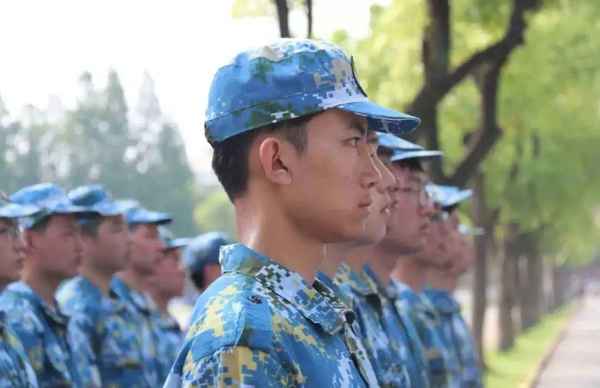電視劇大運(yùn)河【電視劇大運(yùn)河邊的人們】
The Yangtze River, often referred to as the great Yangtze Waterway, is more than just a waterway; it is a greatangi between East and West in the annals of Chinese civilization. Running through the heart of the country, this ancient waterway not only facilitates trade and travel but also serves as a bridge connecting the East and West. Its rich history, cultural significance, and enduring charm make it one of the most fascinating natural and historical landmarks in China.
The Yangtze River is the longest inland waterway in the world and the only inland waterway in Asia, playing a pivotal role in the history of China. It was the lifeline for regional strategic centers such as Nanjing, Chongqing, and Nanjing, connecting the Yangtze River Delta in the south to the Yangtze River Valley in the north. For centuries, it was the backbone of China's trade network, mediating the exchange of goods, cultures, and ideas between the East and West.

Culturally, the Yangtze River has served as a symbol of integration between the East and West. In ancient times, the waterway was a crossroads where various ethnic groups and civilizations exchanged. The poem "Yangtze River at Midnight" by Su Shi vividly captures this cultural exchange: "The Yangtze River stretches northward, connecting the East and West. Its waters flow in both directions, weaving a tapestry of songs and dances." This waterway has become a metaphor for the harmonious merging of diverse cultures, a testament to the power of human ingenuity in bridging East and West.
In the modern era, the Yangtze River continues to hold significant importance. It is not only vital for the country's economic development but also a unique cultural identifier. The waterway's historical sites, such as the Zhoukou Gates and the Great Wall, are deeply inscribed in the national identity. Its cultural heritage, including traditional architecture, dance, and music, reflects the dynamic interplay of East and West. The Yangtze River is a living symbol, bridging the past and future, and continues to inspire awe and wonder in people from both sides of the great divide.
In conclusion, the Yangtze River is more than just a waterway; it is a bridge between East and West, a symbol of cultural integration, and a source of inspiration for future generations. Its enduring significance lies in its ability to connect the past with the present, and its role as a bridge between different civilizations. As we stand on the Yangtze River, we honor its history and cherish its future, a reminder of humanity's capacity for unity and innovation in the face of diversity.
圖片新聞
-

上海財(cái)經(jīng)大學(xué)軍訓(xùn)時(shí)間-上海財(cái)經(jīng)大學(xué)軍訓(xùn)要剪頭發(fā)嗎
51%的人還瀏覽了 -

鐵西區(qū)教育局_鐵西區(qū)教育局24小時(shí)服務(wù)熱線
51%的人還瀏覽了 -

國(guó)際教育活動(dòng)-國(guó)際教育日活動(dòng)
51%的人還瀏覽了 -

房產(chǎn)過戶需要多長(zhǎng)時(shí)間_房產(chǎn)過戶需要多長(zhǎng)時(shí)間才能拿到房產(chǎn)證
86%的人還瀏覽了 -

房產(chǎn)證地下室—房產(chǎn)證地下室和住宅用途不一致
55%的人還瀏覽了 -

三河房產(chǎn)_三河房產(chǎn)中介
92%的人還瀏覽了